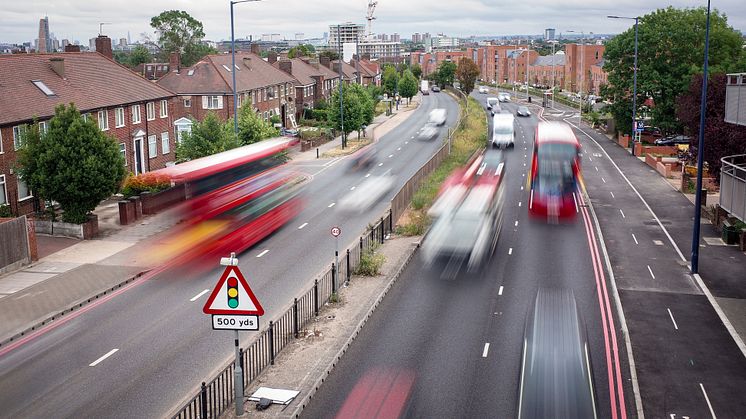
News -
Banish the pollen blues with these top tips from IAM RoadSmart.
Hay fever season is in full swing, and there is nothing worse than battling through the day constantly sneezing with a runny nose, headache, and itchy eyes, especially when driving. According to the Met Office, one in five people is affected by hay fever. So, what can you do if you are affected during the high pollen season?
Be a dust-buster.
Keep your car clear of pollen and dust by vacuuming the carpets and seats. If you have air conditioning in your vehicle, check to see if there is a pollen filter available. If you already have one installed, does it need replacing? If you regularly drive in very polluted cities or rural areas with lots of pollen or park your car near a lot of trees, you may need to change yours more often.
Shut the windows.
This may sound obvious, but closing your windows and setting your air conditioning to recycle will reduce pollen in your car. Don’t forget to give your vents a good blow to clear out any dust that’s stored inside, but don’t do it for too long as it can make the car very stuffy and cause condensation.
Take non-drowsy medication.
Taking the right medicine is vital. It is a criminal offence to drive while unfit due to drugs; this includes both illegal and legally prescribed over-the-counter medication. If you have bought over-the-counter hay fever medication, check the information leaflet that comes with it to ensure you are safe to drive, or you can find more information here.
Get shady.
Wearing sunglasses can help. A pair of shades will stop pollen particles from getting near your eyes and causing irritation. You can also put a dab of Vaseline around your nostrils to trap pollen.
Check the pollen forecast.
Plan by checking the pollen count, particularly during the warmer months. You can find the latest on the Met Office website. Of course, if hay fever grips you so badly that you can barely function, it’s best to leave your car keys at home and try to get around by alternative modes of transport or by getting lifts from other kind people. For more information on hay fever symptoms, check out the NHS website.
Richard Gladman, IAM RoadSmart's Chief Examiner, says, “Before setting off on your journey, you should check that you are fit to drive or ride. Although hay fever does not need to be reported to the DVLA, it is your responsibility to check if you are fit to drive if you are experiencing symptoms; failure to do so can result in prosecution. If you cause an accident due to sneezing or other hay fever symptoms such as drowsiness, you can be fined and receive penalty points for careless driving. If the accident is serious the consequences could be even worse."
Why not try our free taster sessions? It is your chance to experience our Advanced Driving and Advanced Riding courses. They are not an independent assessment of your driving or riding, but rather an introduction to the full course, which should help you decide whether it is right for you.






